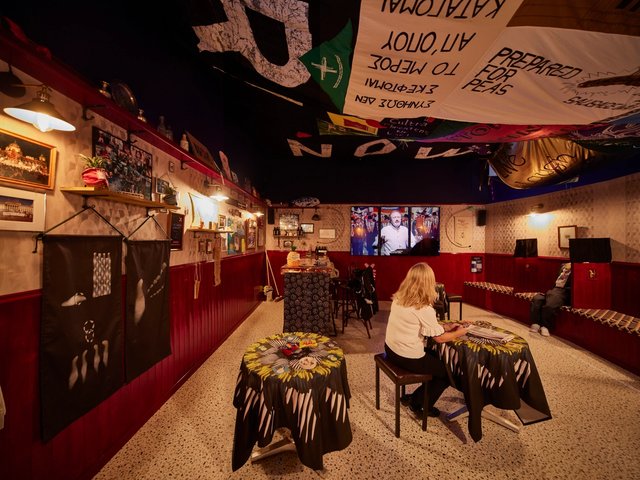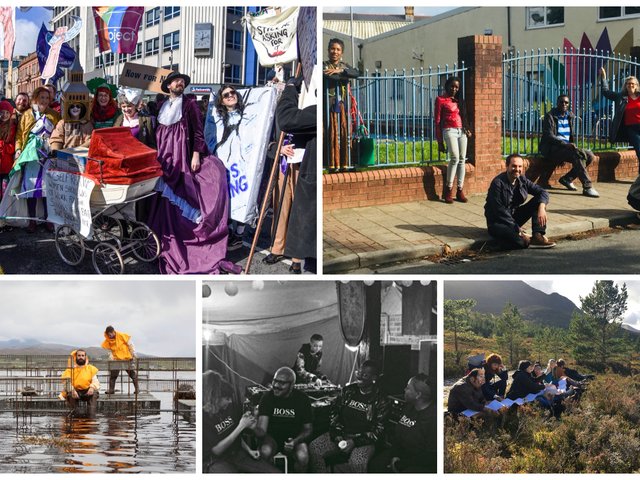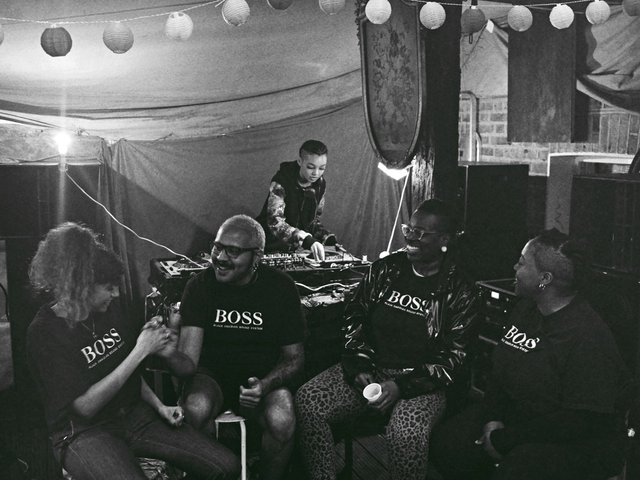Amid the frenzy of Frieze London’s return to life, this year’s talks programme poses a charged question: how can today’s art market, so gripped by a winner-takes-all mentality, move toward a model based on co-operation and care, rather than competition and extraction?
Among the speakers attempting to answer this are the Jakarta-based art collective ruangrupa, the artistic directors of next year’s Documenta 15—the first group to curate the quinquennial exhibition. Their vision for the 100-day Kassel show, which will include numerous other collectives, is based on the concept of ‘lumbung’, meaning rice barn. This communal system is used in rural Indonesia to store crops produced by farmers as a community resource, distributing them according to jointly determined criteria.
“We want to propose how lumbung could redefine the commercial gallery along lines of transparency and generosity,” says Farid Rakun, a member of ruangrupa. “This includes dividing profits with less lucrative artists on the roster, and a commitment to a significant percentage of every sale going towards community projects. And, importantly, committing to the political cost of a work when you buy it.”
Whether or not the art world is ready for such a radical shift was the subject of debate after the announcement of this year’s Turner Prize shortlist. For the first time in the award’s history, no solo artists were nominated, with five collectives, each chosen for their positive social impact, in the running instead. The Turner Prize 2021 exhibition opened last month at Coventry’s Herbert Art Gallery & Museum.
Groups have been nominated for the prize in previous years, such as the Otolith Group in 2010, and have even won, as Assemble did in 2015. Then came the ad hoc gang made up of the four 2019 nominees—Tai Shani, Oscar Murillo, Helen Cammock and Lawrence Abu Hamdan—who jointly accepted the prize “in the name of commonality, multiplicity and solidarity”. But the total absence of individual artists from this year’s shortlist speaks to the jury’s intention to highlight the urgency of a collective spirit in our troubled times, and to “reflect the solidarity and community demonstrated in response to the pandemic”, according to Chenine Bhathena, the creative director of Coventry UK City of Culture 2021.
No sooner had the 2021 nominees been announced than criticism of “virtue signalling” began circulating. This was expressed in an open letter by one of the shortlisted groups, Black Obsidian Sound System, who called out Tate, the prize’s organisers, for making mass staff redundancies at the museum group in 2020 despite “the collective action of its workers” in strike protests.
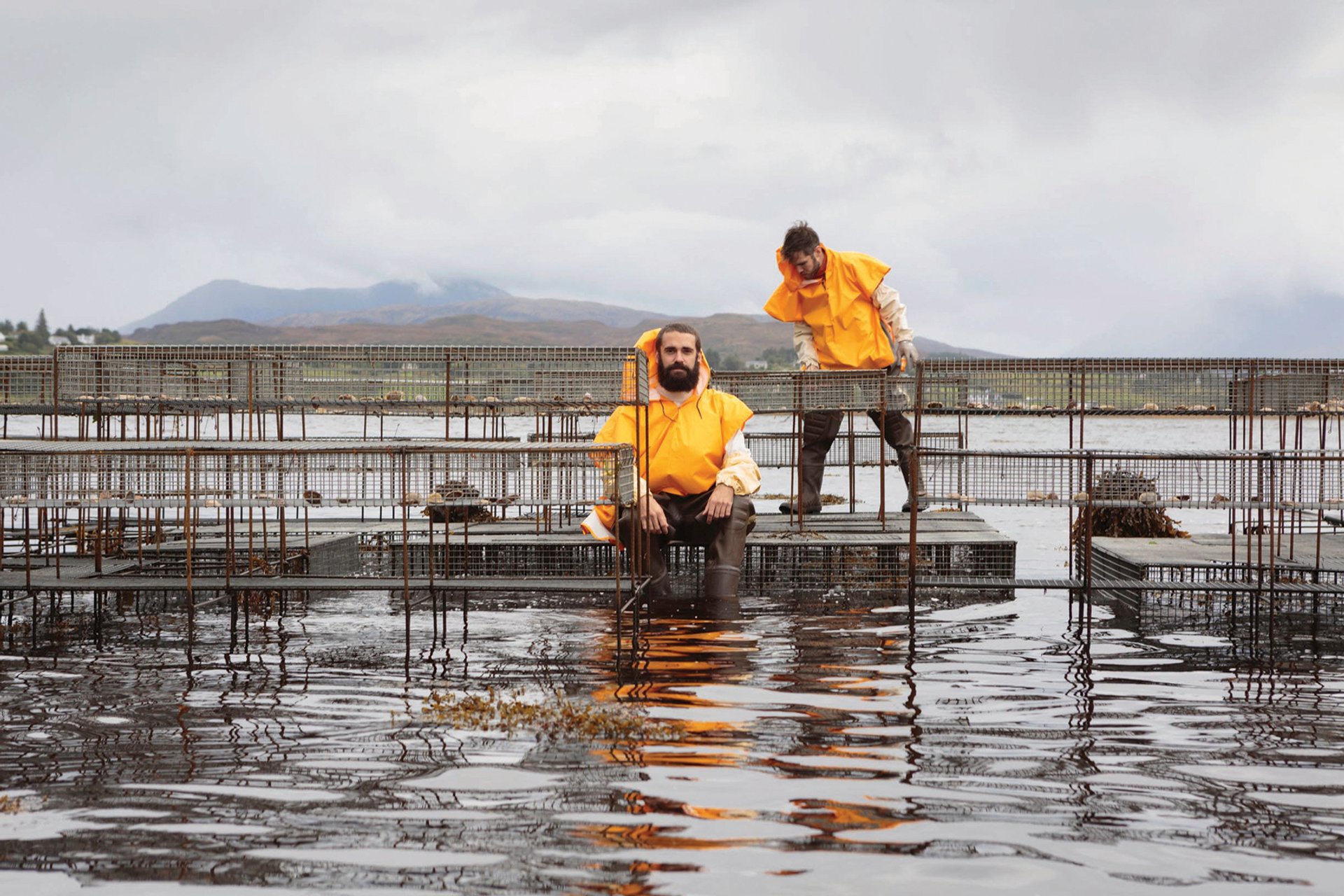
London-based artist duo and Turner Prize nominees Cooking Sections removed farmed salmon from dozens of UK restaurants with their Becoming CLIMAVORE project © Ruth Clark
Other Turner Prize nominees are more hopeful about the potential to effect change in the art establishment. The London-based duo Cooking Sections are confident that taking on a collectivist approach can help the culture industry to “transition from extractive systems”. For the prize exhibition, they are presenting a light-and-sound installation based on their Becoming CLIMAVORE project, which removed farmed salmon from dozens of UK restaurant menus including Tate Britain’s. “We understand collectivity in a much wider sense, that of one people inhabiting one planet. This pushes us to think about how to create collective responses to the current climate crisis, or how to use art platforms collectively to imagine other forms of culture,” they say.
Collectives on the market
Evident at this year’s prize is a paucity of object-based artistic practice, with much of the exhibition devoted to data-driven installations and ephemera relating to community projects, such as Belfast-based Array Collective’s installation of a pub containing pamphlets and video documentary work. The fact that none of the 2021 nominees have commercial representation seems to reinforce the perception that collectives are opposed to treating art as a commodity.
There are notable exceptions to this rule. Gelitin, a Vienna-based group founded in the 1990s by four members, but incorporating as many as 20 collaborators, are represented by Perrotin gallery, which often sells their works to collectors for prices in excess of £55,000. And the Delhi-based trio Raqs Media Collective sell their installations with Frith Street Gallery. “There has been a shift in the past few years—selling work by collectives has definitely gotten easier,” says the gallery’s director Jane Hamlyn. However, by and large, the market shies away from collectives, the London dealer Niru Ratnam told the Guardian. “[They] often form in response to political reasons or as a conceptual gesture, which means they are probably going to produce work that is more challenging to sell.”
For some artists, being part of a collective offers the ability to navigate their careers with a sword-and-shield approach, maintaining a purer artistic practice in one guise while also entering the market fray. Sung Tieu, the recipient of this year’s Frieze Artist Award, works as a solo artist and a member of the collective East London Cable. While Tieu sells her work with Emalin in London (freestanding sculptures are on sale at the gallery’s Frieze booth for around £25,000), the collective allows her to conceive of art in a different, non-commercial sense. “Working in a group pushes my work to new places, but there is a lot of compromise. It’s slower, so I couldn’t survive with just one way,” she says.
Not always a choice
Some collectives have formed out of necessity rather than choice. Ruangrupa came together in 2000, around the end of Indonesia’s military dictatorship of over 30 years that had banned large public gatherings. They share elements of their founding story with another non-profit art collective taking part in Documenta 15, Britto Arts Trust. Britto formed in Dhaka in 2002 amid great civil unrest during Bangladesh’s transition into a parliamentary democracy.
“We endured art school for seven years due to the dictatorship continually shutting down our classes, and then we graduated to an art scene with virtually no exhibition spaces. We made Britto because there was nothing else for us,” says Tayeba Begum Lipi, one of Britto’s founders. “In the initial years, each Britto member donated half of the sales of their art to the collective. We had no choice—establishing a joint platform was essential to our survival as artists.”
“What’s interesting about ruangrupa and collectives from that wider region is that their notion of collectivity is more than a gesture,” says the independent curator and critic Jeppe Ugelvig, who has programmed this year’s Frieze talks. “It is about establishing infrastructure in its absence, and using a platform to ensure more people have access to means of creative expression.”
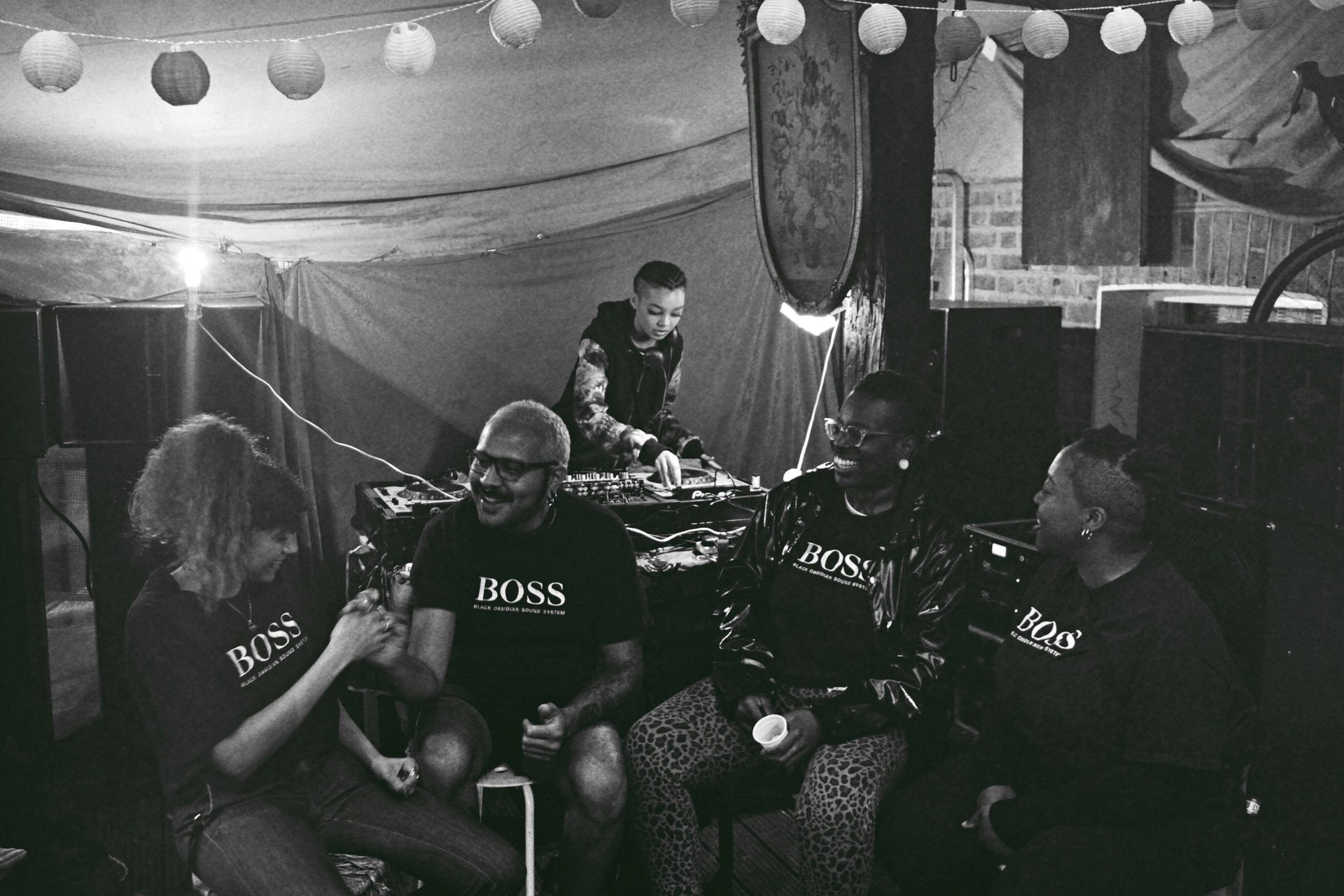
Black Obsidian Sound System (B.O.S.S.) Photo: Theodorah Ndovlu, 2019
He adds: “We need to expand our understanding of value systems, which at a fair is really limited to commerce, to incorporate the familial, the interpersonal, the cross-disciplinary and more. Too often the question of the market looms over artistic production, and it either dominates the discourse or is ignored entirely—but rarely is it critiqued sensitively and holistically. I think that this talks programme is both confrontational and optimistic in this sense.”
The balancing act between provocation of and collaboration with the system chimes with ruangrupa’s philosophy. “Antagonism has never been our style,” says Indra Ameng, another group member. “We prefer to play the system from within. We want to present something alternative to the bilateral relations that define art sales. Why can’t a sale become a dialogue, a commitment to a set of politics instead of a one-off purchase?”.
While the idea of a lumbung-style gallery is still a theoretical debate at Frieze, an experiment in art market co-operation was recently launched by Art Basel, which created a $1.6m “solidarity fund” for galleries disappointed with sales at its Basel fair last month. Galleries choosing to forgo the rebate will leave more in the pot for the others to benefit. This initiative, while so far a pandemic contingency, signals that the commercial art world may yet learn to adapt.
• Frieze London Talks run daily at 9 Cork Street, W1S 3LW and online



